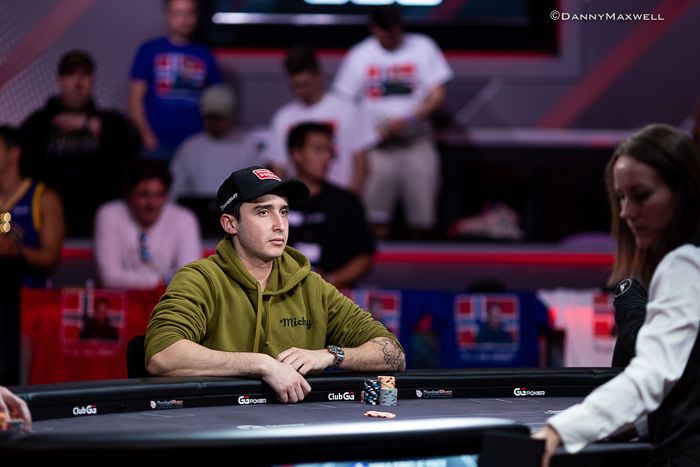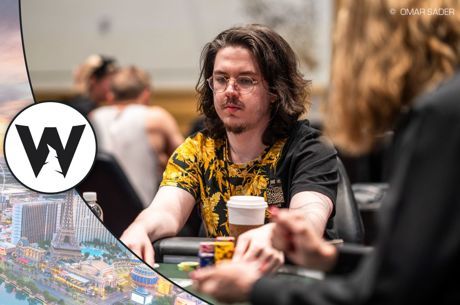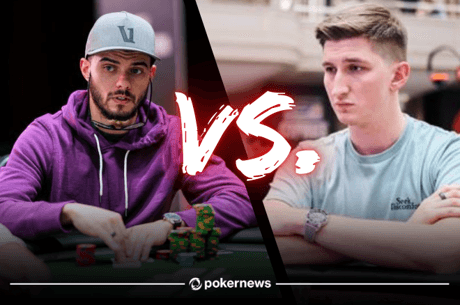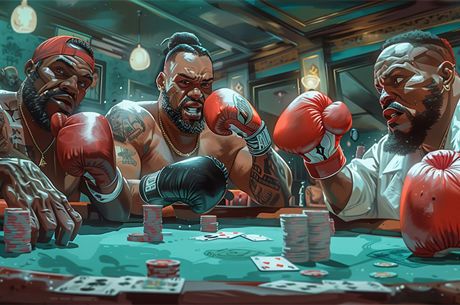The "Fake All-In"; Why Do Players Do It?
Table Of Contents
Action is on a player, and they move all in. Or do they? In fact, they've left 1-2 big blinds behind, or sometimes a solitary chip.
It's becoming increasingly more popular — but why?
In a GTO Wizard video, they take a look at this "Fake All-In" trend and analyze why players do it and what difference it can make to your play.
GTO Wizard: How to Play Pocket Jacks
Is it Stalling?
First thing's first — is it stalling?
Players often take their time to decide before betting all but one of their chips. This means that if they get shoved on, they can again take their time in the hope that another player busts before them, thereby ensuring a pay bump.
It's tricky to say one way or the other, but it certainly can be a form of "soft-cheating," according to GTO Wizard. Stalling is bad for the game because it makes it less enjoyable for recreational players and reduces the number of hands played by everyone at the table.
The Preflop Version
There are two versions of this trend. The first version involves a player raising 50-75% of their stack pre-flop and leaving a few big blinds behind.
There are two reasons you might do this:
- To avoid getting involved in any three-way all-in pots
- Wanting someone else to bust before us
If you shove all in, you have no way of controlling how many players you are up against. Every single player behind you could shove and reshove, and you could be coming up against some complete monsters. Obviously, this isn't an issue if you're holding AxAx, but other hands may not be too happy.
By leaving some chips behind and by not going all in, you can always call it off against one opponent in the hope of doubling up. If there are two or more reshoves, you can fold in the hope that one player busts, and you can then ladder up.
The River Version
The second version happens on the river and is usually where you see a player leave exactly one chip behind. When you shove on the river, you're polarized — you're either very strong or very weak. By leaving one chip behind, you will never have a tough decision.
If you're betting for value, you can call it off getting a really good price. If it's a bluff, then you will have 0 equity and it's a clear fold.
As your stack gets shorter, your chips get progressively more valuable. Putting your last chip in and risking busting at any stage of the tournament is a big decision.
The trade-off is significant. Shoving all in and getting called and being wrong means you're out. Betting all but one chip when bluffing and getting shoved on means you can fold and remain alive.
Don't Do This

One thing GTO Wizard points out is that you should never do this move on the river with thin value. They bring up the 2022 WSOP Main Event final table and a pot between eventual runner-up Adrian Attenborough and third-place finisher Michael Duek.
After Duek three-bet pre-flop, both players checked the flop, and Duek bet the turn. Attenborough called.
The board now read Q♦10♣5♥K♠3♠ with Duek betting 52,000,000 into a pot of over 85,000,000 and leaving himself just 5,000,000 behind — just under two big blinds. Duek held K♥8♦ for top pair and was immediately shoved on by Attenborough.
Duek sigh-called for his last chips, still getting incredible pot odds, only for Attenborugh to show A♣J♣ for the nut straight.










